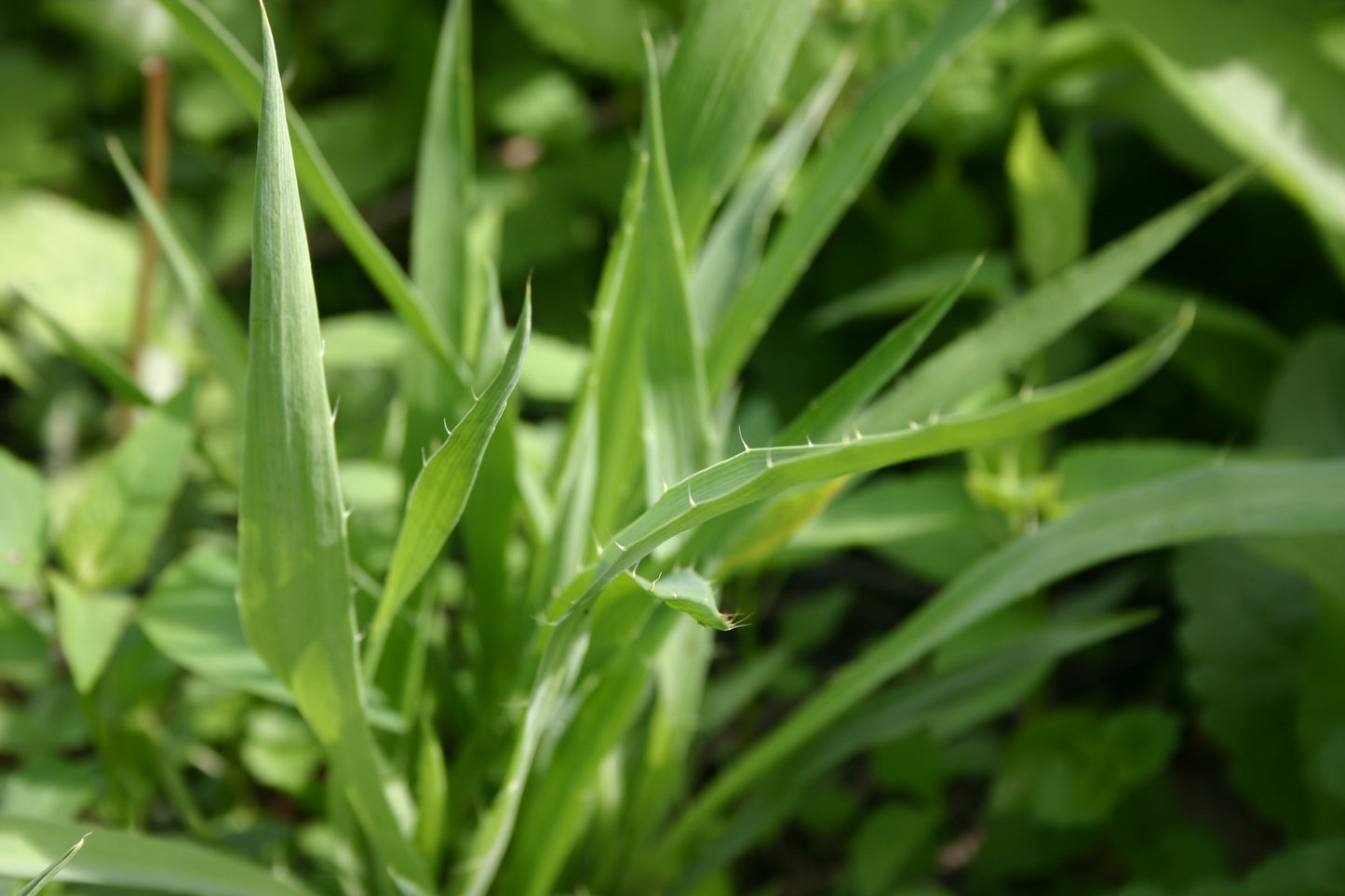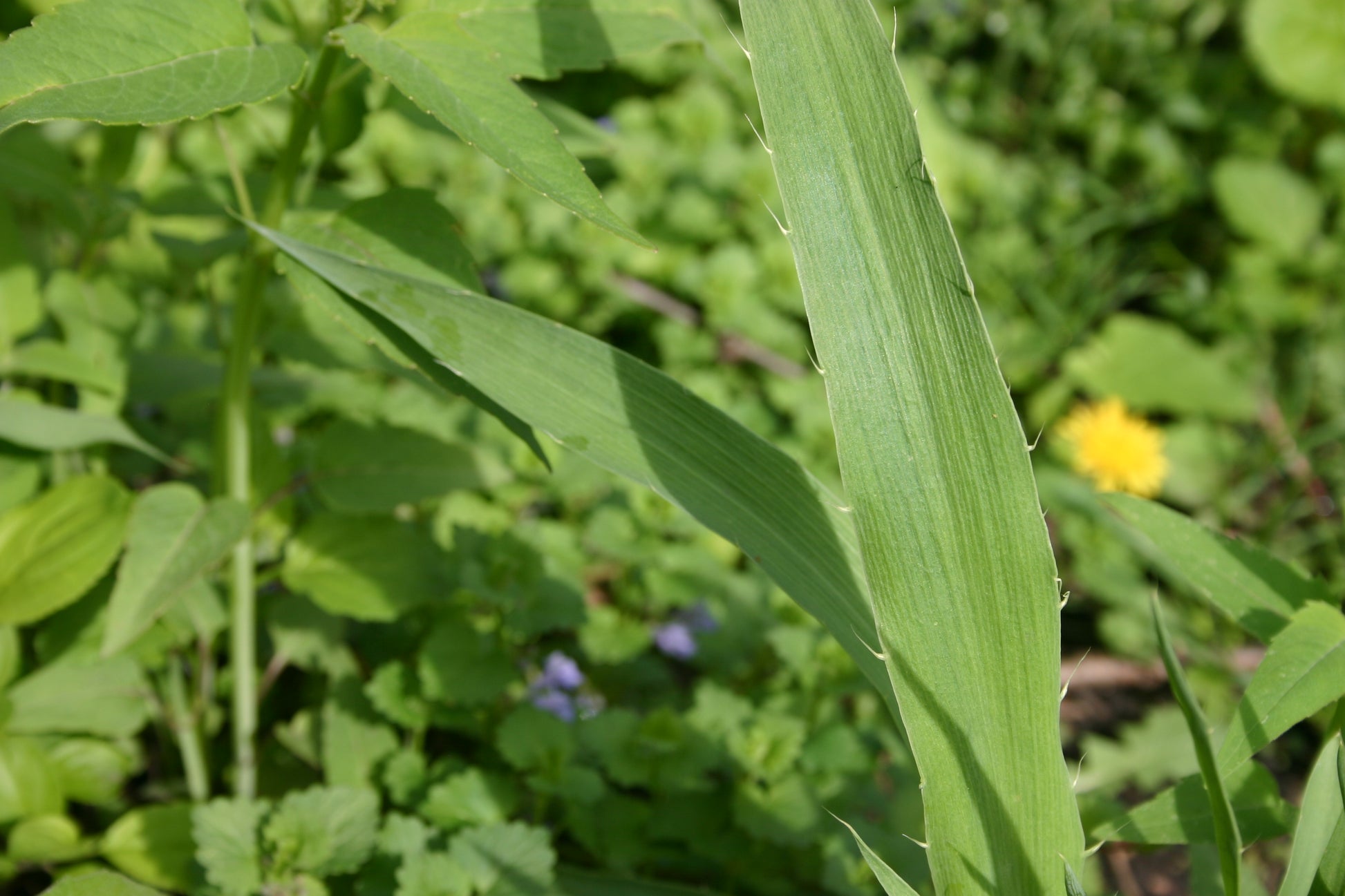stellarnatives
Eryngium yuccifolium 'Rattlesnake Master'
Eryngium yuccifolium 'Rattlesnake Master'
Couldn't load pickup availability
Eryngium yuccifolium, also known as rattlesnake master is a perennial plant that is native to the tallgrass prairies of the central United States. It can grow up to 4 feet tall and has a rosette of basal leaves that resemble those of the yucca plant. The leaves are stiff, sword-shaped, and blue-green in color. The plant produces large, globular clusters of small, white flowers that bloom in the summer. The plant is drought-tolerant and is often used in landscaping and as an ornamental plant.
Eryngium yuccifolium thrives in well-drained soils. It prefers full sun but can tolerate some shade. It is also tolerant of a wide range of soil types, including sandy, loamy, and clay soils. It prefers a slightly acidic to neutral soil pH, but can tolerate a pH range of 6-7.5. It is also tolerant of high heat and humidity making it a good choice for gardens in warmer climates. In general, it prefers dry conditions and can be sensitive to over-watering.
Eryngium yuccifolium got the common name "rattlesnake master" due to the traditional use of the plant by Native Americans. The root of the plant was used to treat snake bites, specifically from rattlesnakes, hence the name "rattlesnake master." The plant was also believed to have spiritual significance and was used in traditional ceremonies. The root of the plant contains compounds that have anti-inflammatory and pain-relieving properties. Though it's important to note that the plant's effectiveness for treating snake bites hasn't been scientifically proven and should not be used as a substitute for medical treatment.
Materials
Materials
Shipping & Returns
Shipping & Returns
Dimensions
Dimensions
Care Instructions
Care Instructions














